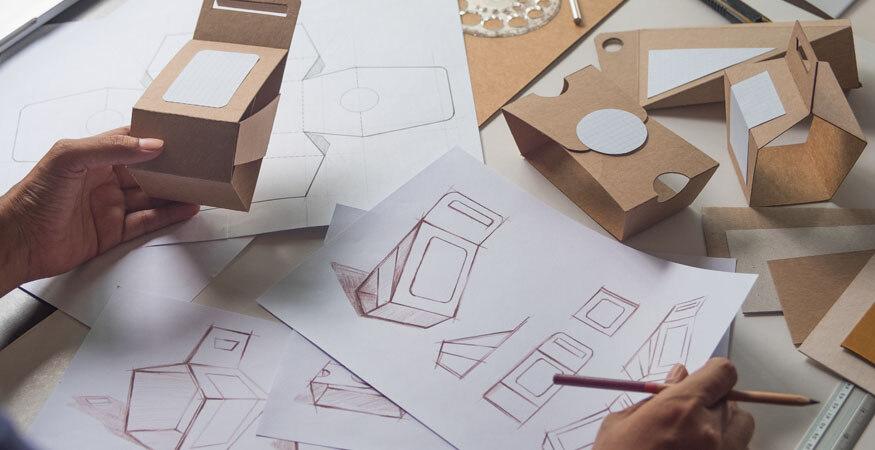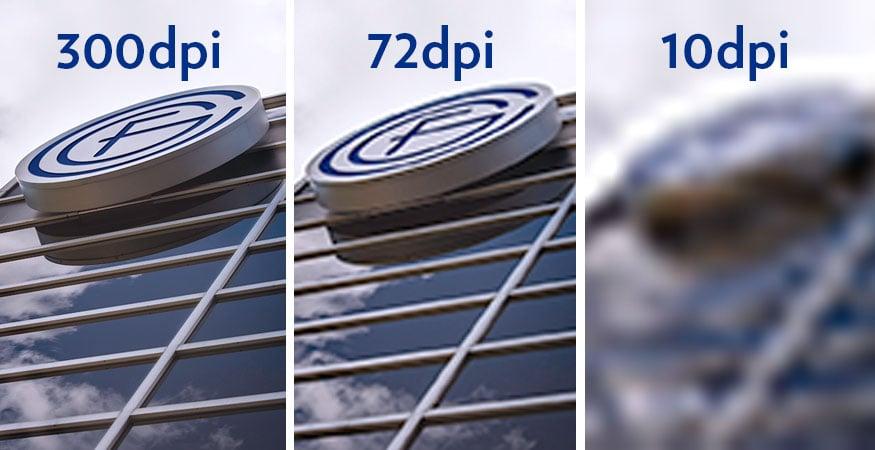There was a time when printing on wide format media was all about the capabilities of your printer. And, while that’s still true for some types of wide format printing, the market is changing. Print shops, in-house print departments and marketing teams need to stop and think about what happens to a print job after the printer stops printing.
More specifically, how are you going to finish your printed materials? You need to answer many of the following questions:
- Are you doing mostly straight X and Y cutting?
- Does your job require specialty cutting such as Die Cuts or Kiss Cuts?
- Do you need to add grommets or are you going to weld the material?
- Is this for windows, walls, floors or for outdoor use?
- Are you mounting onto rigid material or printing directly onto that type of material? If so, how are you going to cut it?
So many variables! When you seriously investigate wide format printing, you quickly see that there is a wonderful and ever-expanding world of media that you can now print onto and many applications.
Start with the Basics, Then Master Advanced Finishing
Nothing is more basic than standard X and Y cuts. Cutting in the X and Y directions results in square or rectangular finished pieces. But what happens when you want a bit more customization to the finished piece? Perhaps your customer requested a unique shape, a peel and stick material or the very popular wall material known as the Fat Head wall mount. These types of finished products require special handling and can present many challenges.
Let’s look at what some of these non-standard finishing needs are and how you can achieve them.
Die Cutting. According to Blue Label Digital Printing, “Die cutting starts with a part called, unsurprisingly, a die. A manufactured die is a specialized piece of metal used to cut a specific shape out of a material. The purpose of die cutting is easy to understand — to cut clean, consistent edges.” As the wide format printing world expands, many printers need their rolls of printed materials Die Cut. Because the Die Cut is unique to each job, however, the old-world way of having a Die doesn’t work well.
Contour Cutting is similar in that it is the process of cutting around the outer edge of a printed image in a predetermined shape or following the very contour of the design.
Kiss Cutting. When printing pressure-sensitive labels, Kiss Cutting is one of the most popular methods. During Kiss-Cutting, each label is cut around the perimeter with a sharp metal die or laser beam without penetrating the backing material. Precision is key because, even though there’s a clean cut through the peel-off portion of the label, it merely “kisses” the liner sheet. Because of this, multiple labels can be on a single liner sheet or roll. In addition to convenience, the Kiss-Cut method offers tremendous variety as it can produce labels in virtually any shape or configuration.
These four types of cutting are the most widely needed types necessary to produce a final deliverable product.
Take Your Message Outdoors
Outdoor signage often has the most demanding finishing requirements. Print shops need to deliver a product that is ready to be hung outdoors on a fence or light post and can withstand the elements.
The simple and usually most cost-effective way to hang signage is grommets. For basic outdoor or even indoor signs, grommets will often do the job. For signs that have a rigid rod at the top or bottom, the material can either be sewn or welded.
As digital printing to fabric gains popularity, welding devices have changed and adapted to accommodate the newest trends. Sewing material will leave small holes that, over time, can lead to the material ripping. Welding the material, on the other hand, produces a seam without holes. The limitations for welding lie in the material that has been printed. Of course, some materials cannot be welded without being damaged.
In an issue of IPM Industrial Print Magazine, Christina Lefebvre, area sales manager, NA, Matic S.A., said of welded materials, “There is no stitching running through the print. No matter what the printed image is, there is no way that the weld will interfere with the message. It is invisible. Welding creates a flat, uniform bond between two layers of fabric. In addition, when the fabric is hung, there are no ruffles, therefore the printed image is not disrupted by creases.”
These mentioned methods of finishing apply to material that typically comes on a roll and is printed on a roll-to-roll printer, whether it’s an Eco Solvent, Latex, UV ink or Canon’s newest entry into the wide format market, the Colorado 1640 with UV Gel ink.
But what about the times when printed materials need to be mounted onto rigid board material or printed directly onto a rigid material? Welding, sewing and use of basic grommets will not work, so the previously mentioned methods of cutting will be necessary in addition to the possible routing of materials.
There are reasons and justifications for every type of cutter on the market. You may need multiple types of finishing equipment or just one known as the flatbed cutter. Roll-fed cutters have their place as do flatbed cutters.
How do you answer the question, “Which one is right for me?” Other questions need to be answered first, such as, “What jobs are going to be printed? What type of printer is being used and are multiple printers needed?”
Finishing is becoming one of the most important considerations in print shops and you need to make sure you have the right components to complete the job. It’s a known fact that start-to-completion print windows are constantly shrinking. The days of having a week or more to complete a job are long gone and customers now want jobs turned around in hours.
Finishing is just one of the many challenges facing today’s print shops. See how to overcome the top 5 issues in our helpful guide below. The Troyka-TC can help you leverage technology to complete print jobs faster while still maintaining superior quality. As the largest independent Canon dealer in the nation, we’d love to help you answer all your complicated finishing questions. Reach out to us today for a no-cost, no-obligation assessment of your print production needs.








